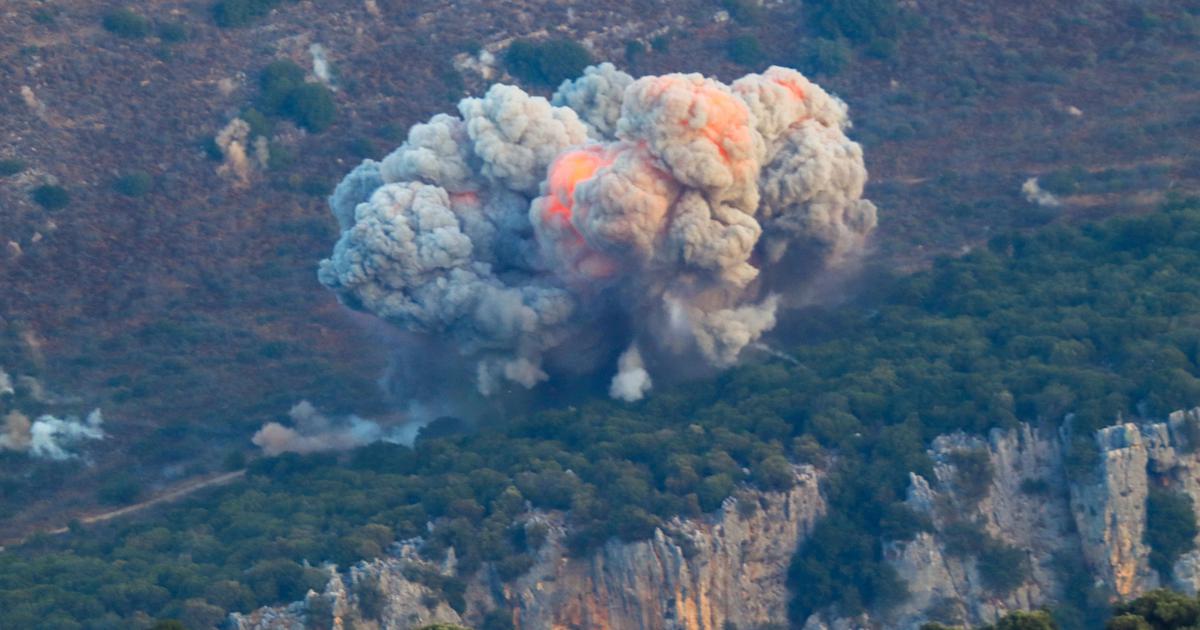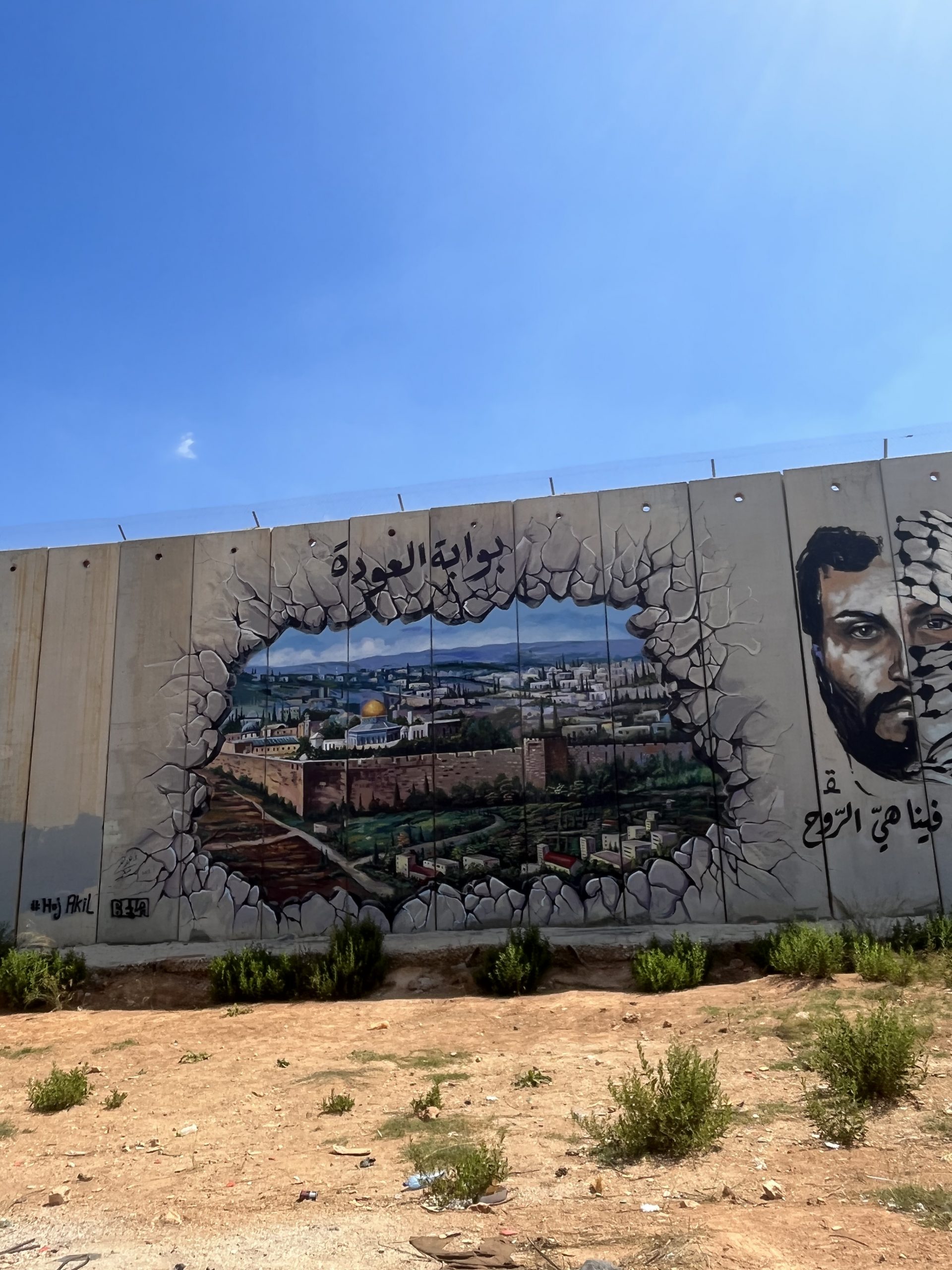From Scroll.in (Oct 17, 2024)
A glimpse from September 2022 of the region, with a past dating back to dawn of human civilisation.

In the 1980s, I worked as a press officer at the United Nations Secretariat in New York, and on occasion was assigned to work on the Question of Palestine. I prepared the information booklet on the Question of Palestine of the Secretariat, which was vetted by a gentleman of Chinese origin at the Secretary-General’s office on the 38th Floor, who was the UN’s expert and final arbiter on Israel-Palestine material.
The booklet I prepared became a public information document of the UN on the Question of Palestine for some years. There was one protest note about it from the Permanent Representative of Israel to the Secretary-General’s office, as I recall. The other informational material on the Question of Palestine that came out of the UN was mostly from the Special Committee on Palestinian Rights, which some delegations considered “political” and biased.
As a Press Officer assigned to the Question of Palestine, I was also part of a team that visited the Palestinian refugee camps in Jordan and Syria and came close enough to look at the Golan Heights from the town of Quneitra, totally destroyed in the 1962 war.
There are around nine million displaced Palestinians worldwide, and about six million in refugee camps in three countries (Lebanon, Jordan, Syria) as well as internally displaced in Gaza and the West Bank. The refugees consist of those who were ousted from their homes in 1948 from what is today Israel, and from later Israeli encroachments and settlement-building on Palestinian lands.
Back then, in the late 1980s, I was not able to get to the refugee camps in Lebanon, nor visit the lush region of southern Lebanon, but finally made the trip in September 2022.
Lebanon was invaded by Israel in 1982, to tackle Palestinian militants in Lebanese territory. The invasion took the Israeli army all the way to Beirut, and it occupied southern Lebanon till 2002, for nearly two decades. Since being forced to pull out due to Hezbollah’s military campaign, the United Nations Interim Force in Lebanon has worked under a limited mandate to monitor the ceasefire. The UN Interim Force in Lebanon has representation from many countries, one of the bigger ones being the Nepal Battalion – “NepBatt”.
The ceasefire, of course, has now been torn apart with the missile attacks by Hezbollah on northern Israel, in support of the “Al Aqsa Flood” attack by Hamas on Southern Israel. In response, after having pounded Gaza into rubble, Israel is now engaged in a ground and air offensive on Lebanon. The latest spate of violence started with triggering of small explosive charges in thousands of pagers and phones used by Hezbollah personnel.
Lebanon, with a population mix that includes Druze, Christians, Sunni and Shia (the last concentrated in southern Lebanon), originally got caught in the Israel-Palestinian conflict because of the presence of Palestinian refugee camps in the country. Hezbollah and its army, also backed by Iran, are ideologically against the concept of Israel and feel the need to defend Palestinians who have been mostly abandoned the West as well as most of the Arab world. It is only due to the ongoing genocide in Gaza that the people of the Global South have begun to look beyond the “veil of security” provided to the Netanyahu regime by Western media.
As for what the Israeli Defense Forces are capable of, in these days of terror when it has killed more than 50,000 innocents in Gaza on the other side of Israel, remember the Sabra and Shatila massacre of 1982. In September 1982, in collusion with local militia, the Israeli Defense Forces allowed “three days of rape, fighting and brutal executions” of Palestinian refugees in the camp of Shatila and the nearby neighbourhood of Sabra.
As Hezbollah continued its missile attacks on northern Israel, it was only a matter of time before the genocidal Netanyahu would turn his sights on Lebanon. On October 9, he put out a television message to Lebanese citizens, saying in so many words, “You neutralise Hezbollah on your own, or I will be forced to bomb you.” He warned that Israel will do to Lebanon what it did to Gaza, if the Lebanese did not disown and destroy Hezbollah on their own.
As the Israeli invasion of Lebanon runs apace, with Israeli ground and air forces, I present here images of the region in an earlier time of relative peace. These pictures are presented as an ode to a bucolic region, part of the Levant whose history is intertwined with the evolution of human civilisation in West Asia, from the time of early humans. The history of Lebanon harks back to eras of the Phoenicians and Romans through the Byzantine, Islamic, Crusader and Ottoman rule, down to the modern colonial and post-colonial era and the creation of Israel amidst historical Palestine.
From desert-like mountainscapes to the warm waters of the Mediterranean, views into the lush settlements of northern Israel, the serpentine concrete wall as separator, these images present a time of calm before the storm. They present some of the beauty of Lebanon, its terrain and its communities. Israel’s Netanyahu represents the diabolical opposite. Having converted Gaza into rubble and murdered more than 10% of its population, he has now turned his eyes northward to Lebanon, and demanded the evacuation of a fourth of the country’s population so that he can bomb and blast, raze and destroy.
Wherever one is in the world, this is the time to come to the defence of Palestine and Lebanon.
The pearl of West Asia is once again in a maelstrom. Its economy is in shambles along with the rest of Lebanon. The Sabra-Shatila massacre of September 1982 happened in this city, where Palestinian refugees were killed with the abetment of the Israeli army. The city’s southern precincts have been bombed by Israel for hosting the Hezbollah leadership, and the ruling cleric Hassan Nasrallah and others have been killed. In 2020, Beirut port suffered a massive explosion, when hundreds of tons of ammonium nitrate stored in warehouses exploded, killing more than 200 and wounding more than 6,000.

A line of poplars on the Marjayoun-Qulayah highway, in more peaceful times. Qulayah is mostly inhabited by Maronite Christians, while Marjayoun contains a mix of Christian and Shia Muslim communities.
Looking down on Israel from Lebanon, and from the side, across the concrete wall. Israel has put up a full spectrum of surveillance cameras and sensors.

Driving along the Blue Line, which is the de facto border between Israel and Lebanon. Beirut claims that large tracts of Lebanese territory have been grabbed by Israel. The concrete wall was built by Israel.
The Mitula settlement of Israel across the fence from cabbage patches of Lebanon. The settlement has been the target of Hezbollah missiles, and its residents are part of the tens of thousands who have been displaced from northern Israel over the last year.

Looking south from Tyre (Sour) along the Mediterranean shore. The glow in the sky is from settlements in Israel.

Eye on The Dome on the Rock. Graffiti artists paint the holy site of Muslims in Jerusalem, 200 km directly to the south.

All photographs by Kanak Mani Dixit.
This article was first published on Kanak Mani Dixit’s website.
Kanak Mani Dixit is a writer and publisher in Kathmandu, and founding editor of Himal Southasian magazine.
